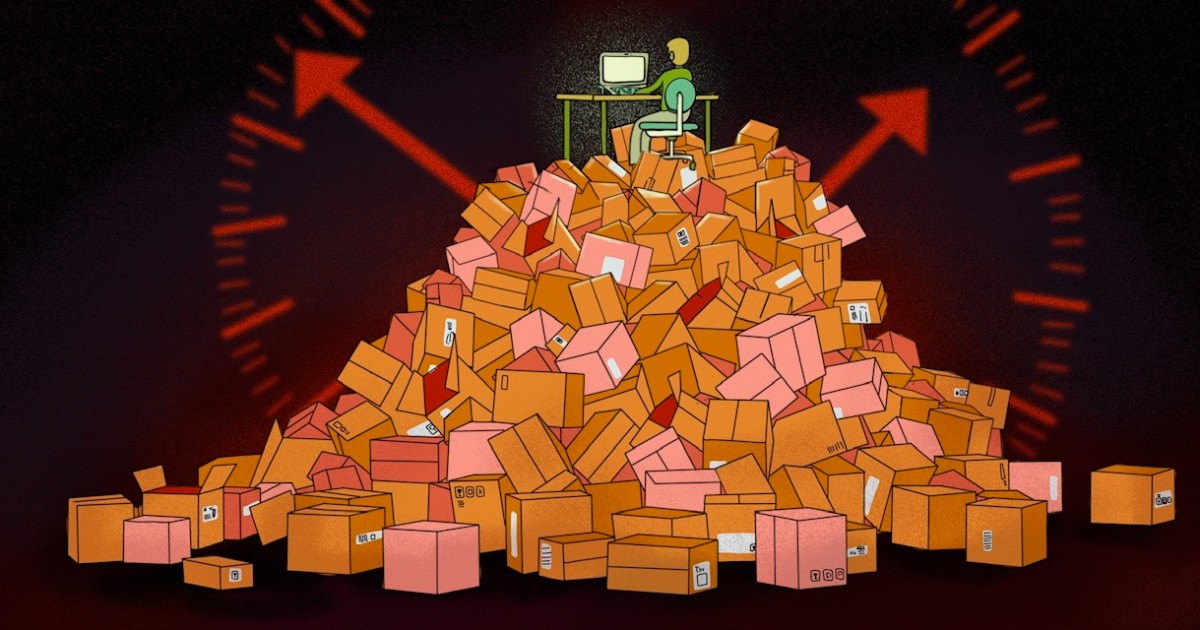By Carmen Reinicke - CNBC + Acorns
Not all debts are the same.
So how do you decide which one to liquidate first?
The coronavirus pandemic and the ensuing economic recession skyrocketed the debt of many Americans.
In 2020, so-called consumer debt rose to a new high of $ 14.88 trillion, a 6% increase from the previous year, according to credit rating company Experian.
Currently,
the average American owes about $ 92,000
, according to data from Experian.
That total includes different types of debt, including credit cards, student loans, mortgages, and others.
[Where you can earn extra money working from home]
As the United States moves past the health crisis and Americans begin to return to a new normal, many begin to focus on paying the bills they have accumulated in the last year.
These tips for determining which debt to pay off first can be helpful:
It is necessary to prioritize
Before deciding on a payment strategy, experts recommend determining which debt is hurting you the most.
This way, you can focus on paying that one off first to improve your financial situation.
"It's important to differentiate that at first, know it, and focus on what really is the most damaging debt," advises Chris Lyman, a certified financial planner with Allied Financial Services in Newtown, Pennsylvania.
Restaurant owners, faced with the dilemma of continuing to borrow or close their businesses
Aug. 23, 202001: 41
Lyman often divides his own clients' debt by colors or "zones": red, yellow, and green.
Red zone debt, usually the ones with the highest interest rates, is the most damaging.
This includes credit cards, personal loans, and some private student loans.
Interest rates on a credit card, for example, can reach 30%
and even increase daily, which means that debt can grow very large and very fast if it is not paid on time.
Yellow zone debt has lower interest rates, is generally longer term, and may have some tax advantages, such as a home equity line of credit, federal student loans, both with some deductibility.
Lyman also includes auto loans here, because many people choose to pay them monthly rather than in cash.
[What You Need to Know About the Monthly Child Credit Coming in July 15]
Green zone debt corresponds to that which is longer-term, has lower interest rates, according to Lyman.
This includes mortgages (rates can be as low as 2%), as well as some business loans.
"All this debt does is not burden you," says Lyman.
"It is also generating some type of asset by way of compensation."
Many credit card users will end Christmas with more debt, survey finds
Dec. 27, 201901: 46
Another way to prioritize which debt to pay is to look at the ones that weigh the most, according to Delano Saporu, chief executive of New Street Advisors Group, a financial planning firm in New York.
Credit card cards are often the heaviest, so that's where you start, he explains.
"Consumer debt causes a feeling of suffocation because of its high interest rates," he says.
"People buy things that they don't really need but want, and that uncovers a sense of despair."
In the context of the pandemic, some may also be dealing with other types of debt that are not necessarily interesting, but could have a big impact on personal finances, such as those who owe months of rent.
That is another of the debts that should be among the priorities, according to Saporu.
Pay faster or pay slower?
Once you've categorized your debt and know which one to focus on (while making minimum payments to the others, of course) you need to decide on a payment strategy.
Before beginning to allocate part of your budget to debt repayment, financial experts recommend that people set up at least a small savings fund for emergencies.
The reason?
Without savings, any unexpected event like illness or a breakdown of your car could destabilize you financially even more.
Once you have your emergency savings, there are two common payment strategies that financial experts recommend: the avalanche method and the snowball method.
New help to pay rent is now available.
This is how it can be applied in these three cities
June 2, 202101: 58
With the avalanche method, you pay off the debt with the highest interest rate first, then move on to the next highest interest rate, and so on.
Over time, those who choose this method will pay less interest.
This is recommended for people who are disciplined and can control themselves, says Lyman.
But keep in mind that the debt with the highest interest rate may not be the smallest balance owed.
The snowball method is best for those who want to see quick progress, celebrate small goals, and use that momentum to tackle bigger debt.
With this method, you start with the smallest balance first.
"Mentally, reducing some debts to zero makes people feel good," says Saporu.
"Especially if you're younger and you increase your cash flow, increasing your income. That's a great way to gradually feel better."
As you see progress, you can start tackling bigger debts, he advises.
This article is part of the Invest in You Ready series. Set. Grow (Invest in you: Ready. Done. Grow), an initiative of CNBC and Acorns, the microinvestment app. NBC Universal and Comcast Ventures are Acorns investors.







